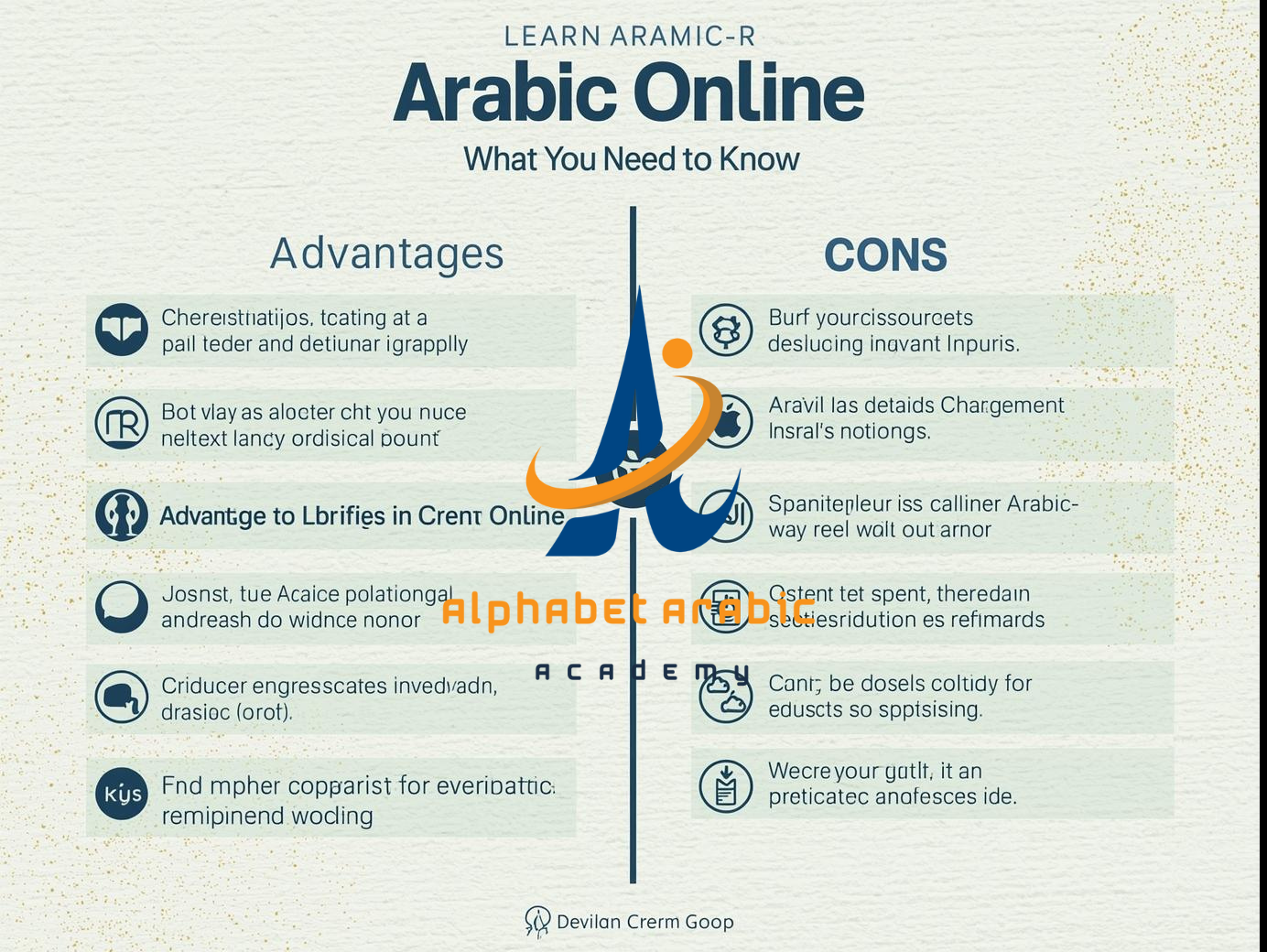introduction
Reddit, a bustling hub of online communities, offers a wealth of opinions on various topics, including learn arabic online reddit. While the platform provides insights and shared experiences from learners worldwide, it’s essential to approach these discussions critically.
Personal anecdotes, while valuable, often lack the expertise needed for a structured learning experience. For those serious about mastering Arabic, consulting a specialized academy like Alphabet Arabic Academy is crucial. Let’s delve into the advantages and disadvantages of utilizing Reddit to study Arabic, and why adopting a professional method is the most suitable option.. contact us

The Pros of Learning Arabic on Reddit
1. Diverse Perspectives: The Reddit community, particularly forums like r/LearnArabic, offers a plethora of advice from users who share their personal learning journeys. You can find discussions about Arabic learning resources, best Arabic learning apps, and even Arabic pronunciation tips.
2. Resource Sharing: Users often recommend tools like Duolingo Arabic, Babbel Arabic, and Memrise Arabic. Discussions on free Arabic lessons, Arabic grammar tips, and Arabic conversation practice are also abundant.
3. Language Exchange Opportunities: Some Redditors organize language exchanges or suggest platforms to find Arabic tutors. Subforums like “Reddit Arabic Language Exchange” are popular for connecting learners with native speakers.
The Cons of Learning Arabic on Reddit
1. Lack of Expertise: Reddit posts are often written by learners or enthusiasts rather than qualified instructors. While some advice may be helpful, others might lead to confusion, especially for Arabic for beginners looking for reliable guidance.
2. Overwhelming Information: The sheer volume of posts and resources can be overwhelming. Learners may struggle to differentiate between high-quality Arabic language learning tools and less effective options.
3. No Structured Learning Path: Reddit lacks the structured curriculum provided by platforms like Alphabet Arabic Academy, making it challenging to achieve consistent progress in areas like Arabic vocabulary, grammar, and conversation.
Why Alphabet Arabic Academy is the Best Place to Learn Arabic Online
At Alphabet Arabic Academy, we offer professional online Arabic classes for kids and adults alike. This is our uniqueness:
- Expert Instructors: Learn from certified teachers who provide personalized support.
- Interactive Resources: Access engaging tools designed for mastering Arabic grammar, vocabulary, and pronunciation.
- Choose from different time slots to suit your lifestyle with our flexible scheduling.
- Affordable Prices: Starting at just $40/month, our courses offer unmatched value.
- Comprehensive Curriculum: Whether you’re preparing for a trip to an Arabic-speaking country or seeking proficiency, we’ve got you covered.
Best Online Arabic Course Reddit vs. Professional Platforms
While Reddit might suggest courses like Coursera Arabic Courses or edX Arabic Courses, the personalized attention and structured curriculum at Alphabet Arabic Academy ensure faster and more effective results. Don’t just rely on Duolingo Arabic Reddit reviews or generalized advice—invest in a proven program tailored to your needs.
Best nation for studying Arabic
Although immersing yourself in an Arabic-speaking country is ideal, online learning platforms like ours bridge the gap by offering cultural insights and authentic materials. Learn from the comfort of your home while gaining the skills to communicate effectively.
Conclusion: Learn Arabic Online with Confidence
Reddit’s Arabic learning community provides a starting point for discussions and resource recommendations. However, for a structured, efficient, and affordable approach, trust Alphabet Arabic Academy. Join us today and transform your language learning journey into a rewarding experience.
Keep updated on our newest courses and resources by following us on social media!
also read
https://alphabetarabicacademy.com/learn-arabic-online-course/ https://alphabetarabicacademy.com/boost-skills-learn-arabic-online-in-weeks-now/ https://alphabetarabicacademy.com/learn-arabic-online-classes-start-now/






